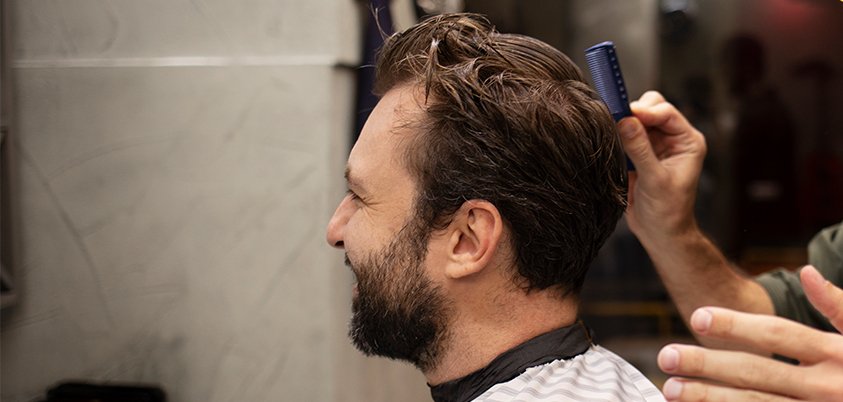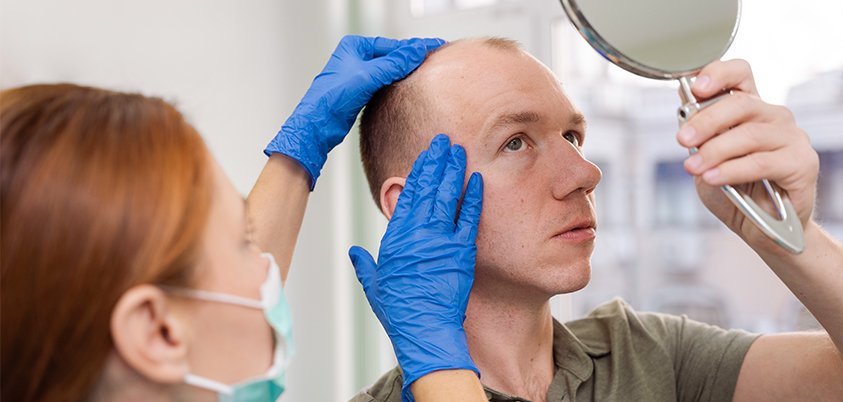
Factors Affecting Hair Transplant Success
Hair transplantation offers a promising solution for many individuals experiencing hair loss. However, the success of a hair transplant procedure depends on various factors. In this article, we will explore the key factors that influence the success of hair transplantation.
1. Hair Transplantation Method
The method used for hair transplantation directly impacts the success rate. The most commonly used methods today are:
FUT (Follicular Unit Transplantation): In this method, a strip of tissue is removed from the donor area and then divided into follicular units. FUT allows for more grafts to be transplanted but may leave a more noticeable scar and has a longer recovery time.
FUE (Follicular Unit Extraction): This method involves extracting individual hair follicles directly from the donor area. FUE leaves less scarring and has a quicker recovery time but the procedure can be longer.
DHI (Direct Hair Implantation): In this method, a special pen is used to implant hair follicles directly. DHI offers more control and density but can be more expensive.
2. Condition of the Donor Area
The health and density of the donor area are crucial for the success of hair transplantation. The donor area is typically chosen from the back and sides of the head. A healthy and dense donor area ensures a more successful transplant. The quality and thickness of the hair follicles in the donor area also matter; thicker and healthier follicles yield better results.
3. Experience and Skill of the Surgeon
The experience and skill of the surgeon performing the hair transplant significantly influence the outcome. An experienced and skilled surgeon can use the right techniques to achieve natural and aesthetic results. Checking the surgeon's references, previous patient results, and area of expertise can help in selecting the right surgeon.
4. Age and General Health of the Patient
The age and overall health of the individual considering hair transplantation are important factors. Younger and healthier individuals generally achieve better results. Additionally, those with stabilized hair loss are more suitable candidates for hair transplantation. Unstable hair loss can lead to further hair loss after the transplant.
5. Degree and Cause of Hair Loss
The degree and cause of hair loss affect the success of the transplant. Common causes such as androgenetic alopecia (male pattern baldness) are usually suitable for hair transplantation. However, conditions like alopecia areata may not be suitable. The degree of hair loss is also important; those with advanced hair loss may not achieve the desired density.
6. Hair Texture and Color Contrast
Hair texture and color contrast affect transplant results. Curly or wavy hair provides more volume and appears fuller after transplantation. Additionally, a low contrast between hair color and scalp color results in a more natural look.
7. Recovery Process and Patient Compliance
The recovery process and patient compliance are critical for the success of hair transplantation. Following the surgeon's instructions reduces the risk of infection and speeds up the recovery process. It takes time for the transplanted hair to settle and look natural; being patient and adhering to the doctor's recommendations is important.
8. Equipment and Technology Used
The use of modern and advanced equipment enhances the success of hair transplantation. Micromotors, implantation pens, and other advanced tools allow for more precise and effective transplantation. Additionally, supportive treatments like PRP (Platelet Rich Plasma) can accelerate the recovery process and promote healthier hair growth.
Hair transplantation can yield highly successful results when performed under the right conditions and expertise. Selecting the appropriate method, choosing an experienced surgeon, and the patient’s adherence to pre- and post-operative care are critical for a successful outcome. Individuals considering hair transplantation should take these factors into account to ensure higher satisfaction.


 Türkçe
Türkçe English
English Deutsch
Deutsch Pусский
Pусский







